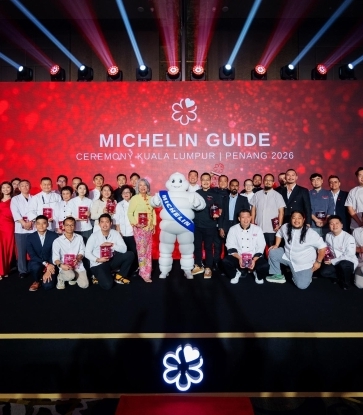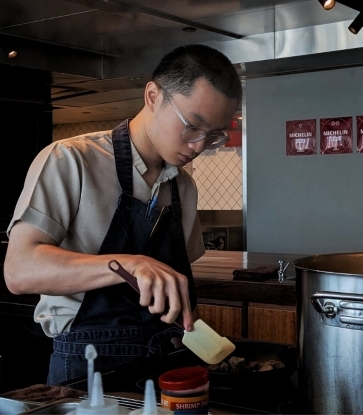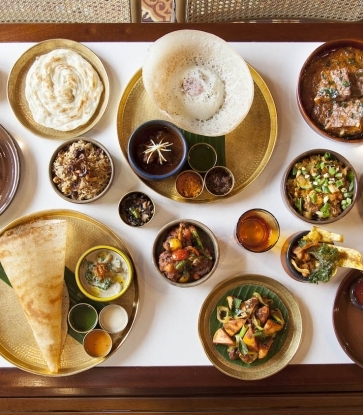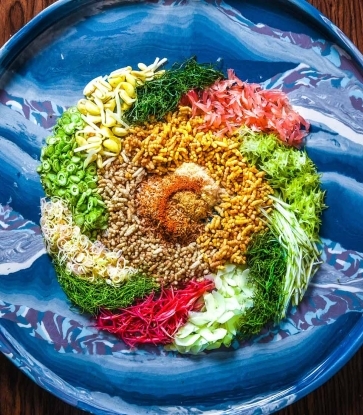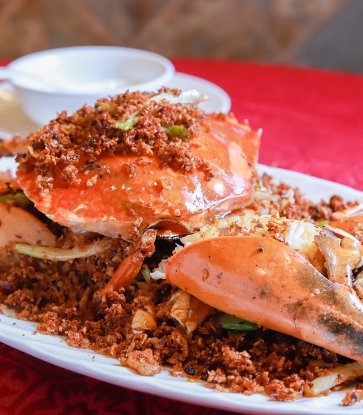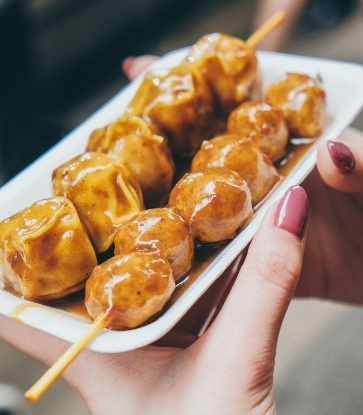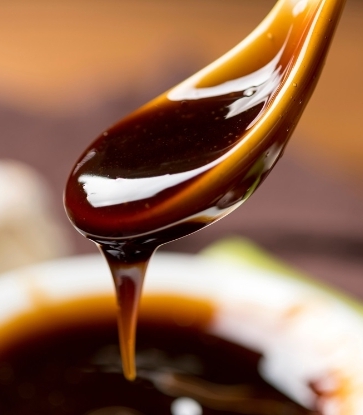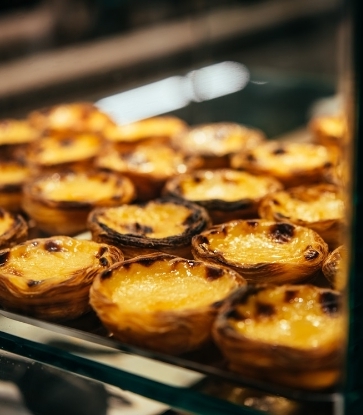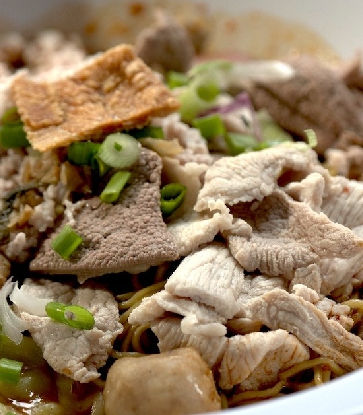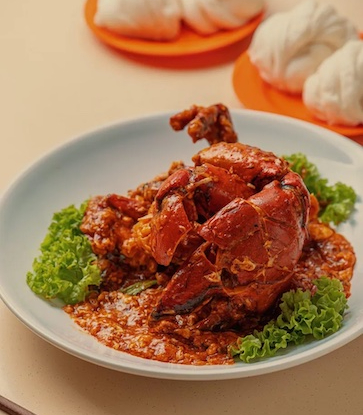Even though lap mei, meaning cured meat in Cantonese, is available all year round in Hong Kong, it is most appreciated during autumn and winter in various rice dishes, with its fat coating every grain. The mental image of sizzling lap mei clay pot rice cooked over charcoal stoves by the street, or simply a plate of steamed cured meat to spruce up a mid-week family dinner, pops up in the minds of Hongkongers with increasing frequency as the temperature falls down the scale.

What Is Chinese Cured Meat?
Curing was first documented in the ancient Chinese divination text I Ching with over 2,000 years of history. Nowadays, it is usually done by rubbing a piece of meat with salt or condiments before air-drying or sun-drying it. Since the north winds of autumn help speed up the drying process, the tradition of curing meat then and consuming it in winter gradually took root.Lap Mei in Hong Kong
The technique of curing can be applied on many kinds of meat. While chicken, fish or even harvest mouse is used in other regions, Hong Kong’s lap mei primarily consists of lap cheong (cured pork sausage), yun cheong (cured pork and duck liver sausage), lap yuk (cured pork belly) and lap ap (cured duck). Cantonese cured meat also tends to be sweeter.
During the 1950s and 60s, the majority of the cured meat sold in Hong Kong was locally produced. According to the Hong Kong Intangible Cultural Heritage Database, the city had around 20 cured meat vendors with their own production facilities. This number has decreased sharply due to rising costs. Even so, lap mei’s importance to Hong Kong cuisine has not diminished, and the art of meat curing was officially recognised in 2014 as an Intangible Cultural Heritage under the Traditional Craftsmanship category.

Cured Pork Sausage Supremacy
Lap cheong, or cured pork sausage, is many people’s gateway to the world of cured meats. Its salinity is balanced by mild sweetness and hints of wine. Versatility is another contributing factor to its popularity. Besides rice-based dishes, it can also be added to turnip pudding, and cured pork sausage bun.RELATED: Restaurant Secrets: Michelin Chefs Reveal Their "Golden Ratio" For Cantonese Turnip Cake
To make the sausage, a piece of pork is first diced and marinated with salt, sugar, dark soy sauce and Chinese rose-infused liquor, and then stuffed into casings by machine. After the sausages take shape, the meat curer will use a large pricker to poke holes in them to drain any excess liquid, before tying them with small strings by pairs. At this stage, the sausages are ready for drying: curers used to be at the mercy of the weather when air-drying was the only option. Most of them have since turned to machinery which warms the sausages at 50ºC to 60ºC for four days and finally, the lap cheong we know and love is born.
Every step along this process can affect the final outcome. The most fundamental factor is the quality of the pork. To cater to the public’s rising nutritional standards, many brands of the present time put an emphasis on the sources of their meat, be it fresh pork obtained from Hong Kong pigs, organically raised pigs that grow up with natural feed, or premium British and Spanish breeds.
Secondly, diced meat is widely acknowledged to make lap cheong with a better texture than ground meat – that’s why some shops advertise their product as “hand-cut cured pork sausage”.
Tradition also dictates that 2:8 is the golden ratio between fatty and lean meat. But given society’s changing perception of health, 1:9 and lean meat-only options can also be found. Digger even deeper, animal casings (from pigs or lambs) hold an edge over their artificial counterparts. Adding seasoning to the equation, you will understand how many variables there are. A delicious sausage speaks to the experience of the meat curer who has perfected every element.

Other Cured Meats
Compared to lap cheong’s mass appeal, yun cheong, cured pork and duck liver sausage, is an acquired taste. The same earthy offal taste that whets the appetite of its fans also makes its detractors keep it at arm’s length. It follows a similar preparation method but with the addition of pork or duck liver, resulting in a softer and moister texture. Yun cheong often comes steamed on top of rice and gets paired up with lap cheong.
Lap yuk, cured pork belly, is commonly seen in stir-fries with fellow winter staple gai lan, or in clay pot rice to enrich its flavour. It is dried by sun or electric dryer, seasoned with sugar, salt, light soy sauce, dark soy sauce and Chinese rose-infused liquor. Shop for slabs that have firm flesh, a clear division of fat and meat and an intense fragrance.
Finally, the preparation of cured duck starts with removing all the innards. The fowl is then cleaned and given a thorough salt massage. Sunlight and air extract moisture from the meat and turn it into a beloved delicacy. The lap ap from Nanan is among the most prized items at a cured meat stall in Hong Kong. A town in Fujian Province in China, Nanan’s ducks have small bones and a strong taste. Its dry climate and frequent sunlight also play a role in the meat’s additional umami and bouncier texture. You can distinguish a Nanan duck by locating a pearl-sized dot on its mouth. Plumpness is another indicator of high quality. If possible, pass a bamboo stick through the duck’s thigh to see whether the stick carries a deep aroma.

A Taste of Winter
While fewer people have bought lap mei back home in recent times, two iconic cured meat dishes – cured meat clay pot rice and cured meat glutinous rice – are still winter comfort food par excellence to many restaurant-goers. Bib Gourmand restaurant Kwan Kee Clay Pot Rice (Queen’s Road West) in Sai Ying Pun has long been lauded for how seriously it takes its clay pot rice: mixing three varieties of rice for an optimal consistency, cooking the rice with stock, ginger and spring onion to build up flavour, and using Japanese Kikkoman soy sauce to finish. The bestselling dishes there include clay pot rice with mixed cured meats, clay pot rice with cured duck and clay pot rice with lap cheong and yun cheong.

MICHELIN-selected restaurant Keung Kee grew from a takeaway-only stall to a bistro-style joint where diners can enjoy its famed lap mei glutinous rice comfortably. Its attention to detail is not only found in the selection of the premium Golden Phoenix glutinous rice from Thailand, but also in the mix of new and old rice – the former is softer and the latter chewier – to attain a well-rounded texture. Apart from that, Keung Kee sources its cured meat from Sai Ying Pun’s Yue Wo, a time-honoured meat curer. The result is a sumptuous dish reflective of Hongkongers’ winter palate. Pair it with the restaurant’s other signature items pan-fried rice noodle rolls with dried shrimp and congee with pork rib, peanut and dried oyster for a wholesome meal.
RELATED: Keung Kee: Three Generations of Hong Kong-style Cured Meat Sticky Rice
Further Reading: The Evolution of Char Siu: A Timeless Delicacy Across Generations



